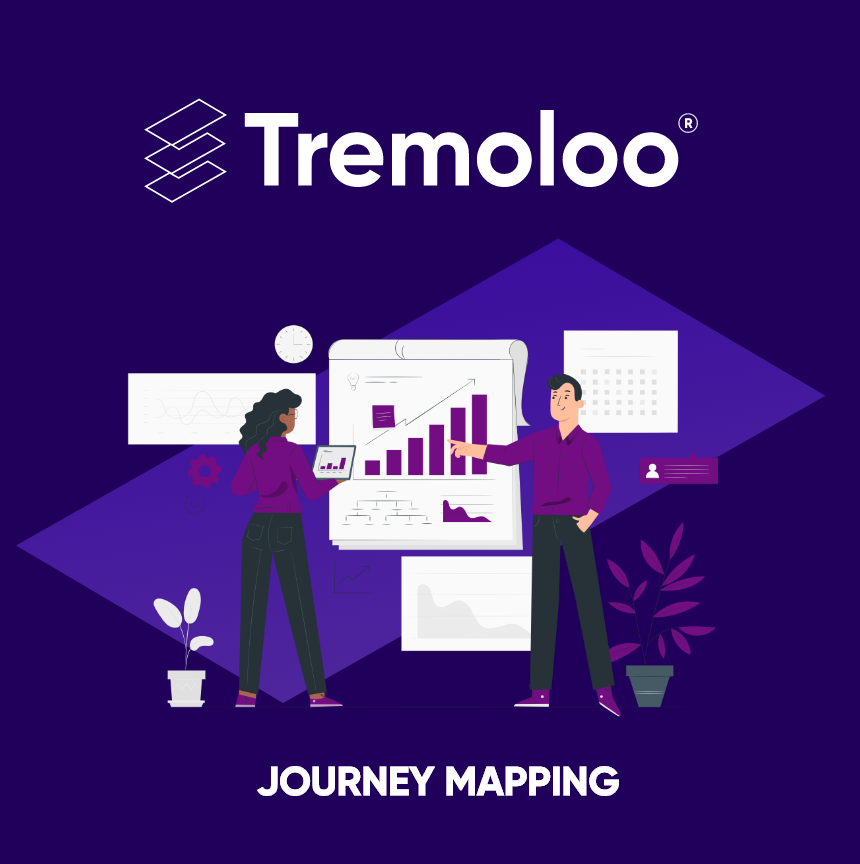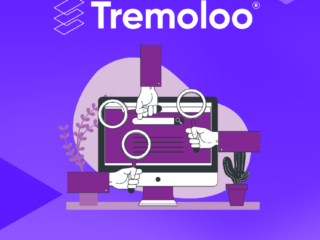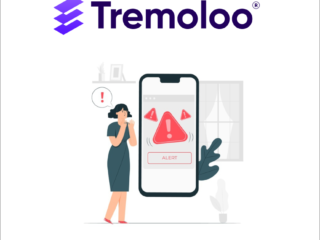
Journey mapping is a great tool for understanding the whole experience people have to pass with your company or product. Before you jump into a journey mapping project, there are two critical decisions you must make upfront to align your team and focus your efforts.
First, will you be mapping current-state or future-state experience?
A current-state journey map is a visualization of the experience customers have when attempting to accomplish a goal with your product or company as it exists today.
If you want to identify and document existing problems for customers and identify relevant solutions, you’ll want to create a current-state journey map. It will enable you to understand user needs and identify gaps in the current experience.
A future-state journey map is a visualization of an ideal-state journey for an existing product or a journey for a product that doesn’t exist yet.
If you want to reinvent journeys for the best or conceive new experiences that will differentiate your company from competitors, then try a future-state journey map.
Second, will you see a research-first or hypothesis-first approach?
There are pros and cons to each.
With a hypothesis-first approach, you begin your journey mapping with a one to two days workshop with stakeholders. You’ll co-create a hypothesis journey map based on existing knowledge.
The advantage here is that it provides an opportunity to introduce journey mapping to unfamiliar stakeholders, gains buy-in, and aligns team members.
The risk here is that the mapping process often stops here before research validation occurs with a hypothesis map being used to make critical decisions.
In a research- first approach, you begin with a phase of research and use research insights gathered to create the map.
While this ensures mapping of primary data vs stakeholders assumptions, it also has drawbacks. It can be lengthy and expensive, and it misses an opportunity to make use of existing knowledge and make mapping a collaborative process.
Here’s the best solution: use a hybrid approach. If you have an existing product, create a current-state journey map first to understand existing opportunities and then a future-state journey map to use as a vision for the future.
Begin with a hypothesis-first approach to build buy-in and educate stakeholders, and then evolve your assumption map based on a follow-up phase of customer research.
Reference: https://www.nngroup.com/videos/journey-mapping-decisions/
You can read more related article on our partner’s website designrush our newest partner! a leading platform connecting businesses with top design agencies. This collaboration enhances our clients’ access to a diverse range of design solutions, streamlining the process of finding the perfect creative partner for their projects
Design Rush also publishes articles, guides, and industry insights to help businesses navigate the world of design and marketing effectively
-SEO to focus on users not search engines https://spotlight.designrush.com/interviews/podcast-seo-to-focus-on-users-not-search-engines-in-2024



